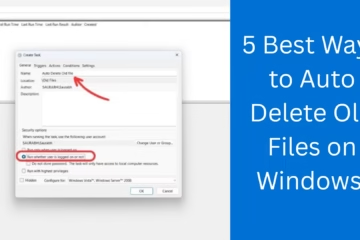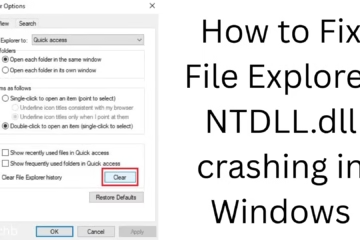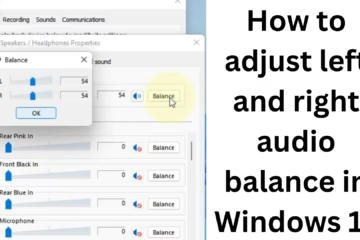Artificial Intelligence (AI) has been a revolutionary force in shaping various aspects of our lives. From voice assistants to predictive text, AI technology has made significant strides in enhancing users’ experiences. OpenAI, a leading AI research laboratory, is one of the main architects of this revolution. Their language model, ChatGPT, has attracted attention for its extraordinary ability to generate human-like text. Now, with real-time data integrated, ChatGPT is ready to be even more dynamic and responsive.
Evolution of ChatGPT
OpenAI aimed to build ChatGPT as a conversational AI that could engage in natural and meaningful conversations with users. Built on the architecture of GPT-3, ChatGPT was designed to have the ability to generate human-like text based on the input it receives. However, a limitation of earlier versions of ChatGPT was that it was unable to include real-time data in its responses.
What is real-time data integration?
In real-time data integration, one-to-one information is incorporated into AI-generated responses. This means that ChatGPT will have the ability to access and analyze the latest data available on the internet, providing more accurate and relevant information to users. For example, if a user asks ChatGPT about the weather, the AI will be able to access weather information in real time and provide an accurate forecast.
Benefits of Real-Time Data Integration
Integrating real-time data has several benefits:
1. Improved accuracy: By accessing the latest data available, ChatGPT will be able to provide more accurate and up-to-date information to users.
2. Scalability: Real-time data integration gives ChatGPT the ability to tailor its responses to users’ particular needs and interests, making conversations more relatable and engaging.
3. Increased Responsiveness: With real-time data, ChatGPT will be more able to respond to user queries faster, by providing immediate answers to their queries.
4. Expanded use opportunities: The integration of real-time data opens up new opportunities for ChatGPT, allowing it to be used in a variety of applications from customer service to content generation.
How will real-time data integration work?
OpenAI has not yet released how real-time data integration will work in ChatGPT. However, it is expected that AI will have the ability to access and analyze data from a variety of sources, including news websites, social media platforms, and other online sources. This is likely to provide ChatGPT with the most up-to-date information.
Future of chatgpt
An exciting development is the integration of real-time data with ChatGPT and AI technology. By combining the power of natural language processing with up-to-date information, ChatGPT will become even more intelligent and friendly, providing users with a unique conversational experience. Whether you’re looking for the latest news, weather updates, or just a friendly chat, ChatGPT will be there for you to provide you with the information you need, when you need it.
The integration of real-time data into ChatGPT is an important step in the development of AI technology. By combining the power of natural language processing with up-to-date information, ChatGPT has the potential for greater intelligence and expanded use. Whether you’re a developer, business owner, or simply an avid user, the future of ChatGPT is bright, and the possibilities are immense.
Original article link:- Click here












